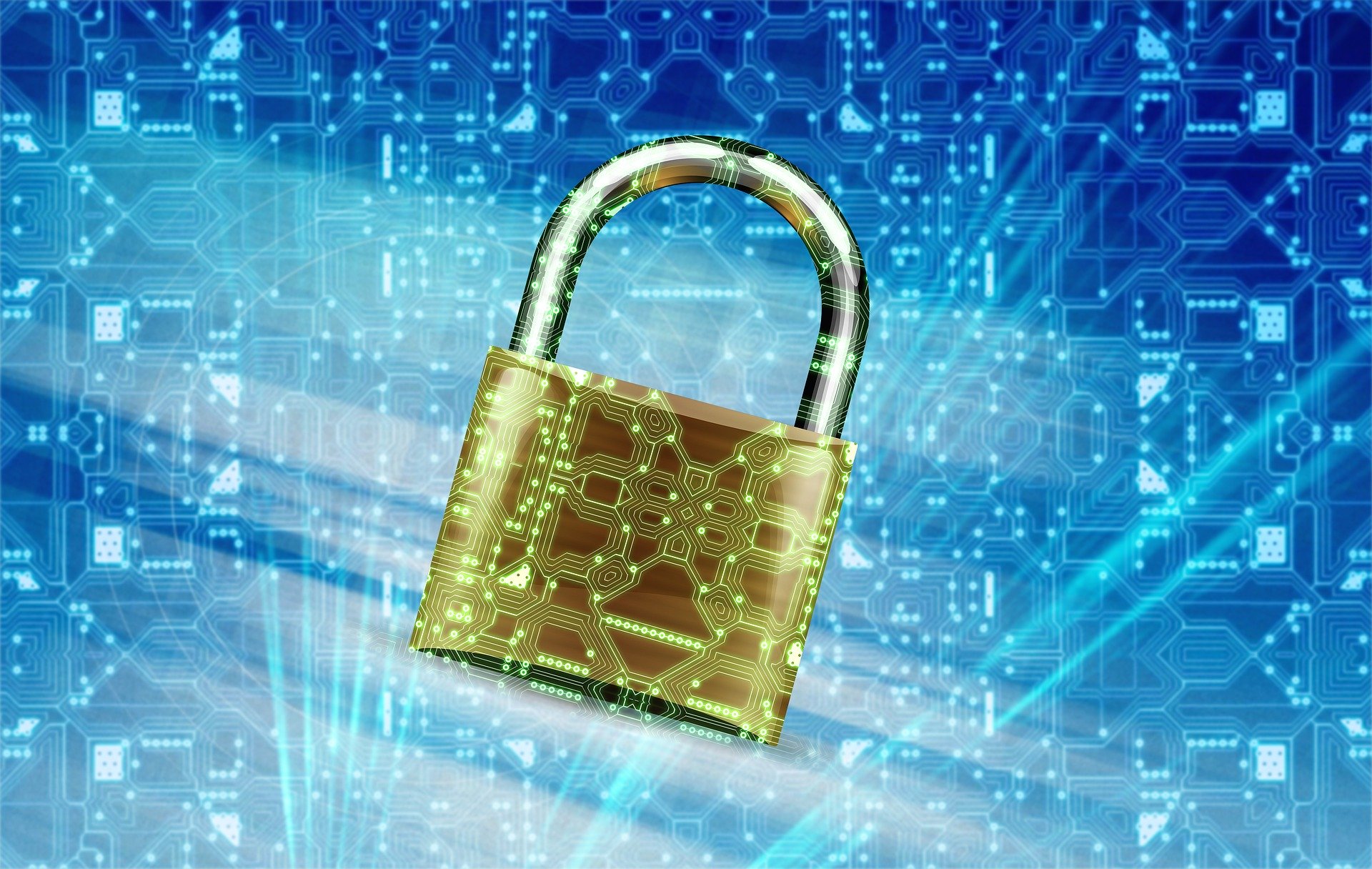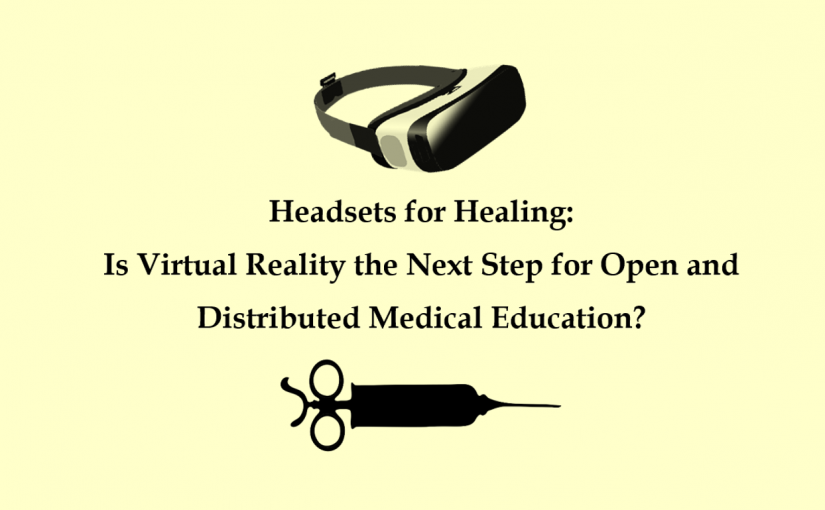Protecting learner information must always be a priority when using technology in education (Bates, 2019). Users and educators must consider data security, privacy, and information access (Fineman & Lewis, 2018). Some VR systems store data on local computers or use network servers (Fineman & Lewis, 2018). Educators may protect the learners’ information by ensuring that all sensitive data is encrypted (Fineman & Lewis, 2018). Since VR headsets may have cameras, sensors, and microphones, this technology has the potential to collect personal information by recording learner activity. Educators must investigate their institution’s data retention and privacy protocols to ensure that learners are not at risk (Fineman & Lewis, 2018).

Navigation
- Introduction
- How is VR Currently Used in Medical Education?
- Students
- Ease of Use
- Cost
- Teaching
- Interaction
- Organizational Issues
- Novelty and Networking
- Security and Privacy
- Conclusion and Question
- References and Attribution
License
This work is licensed under Creative Commons (CC) Attribution 4.0 International

